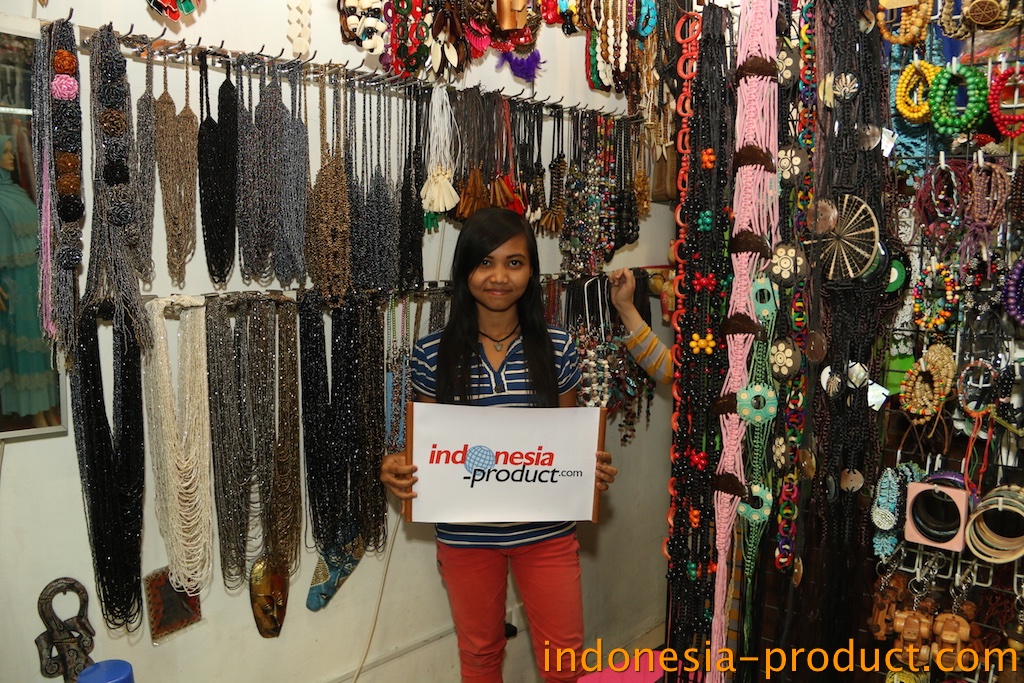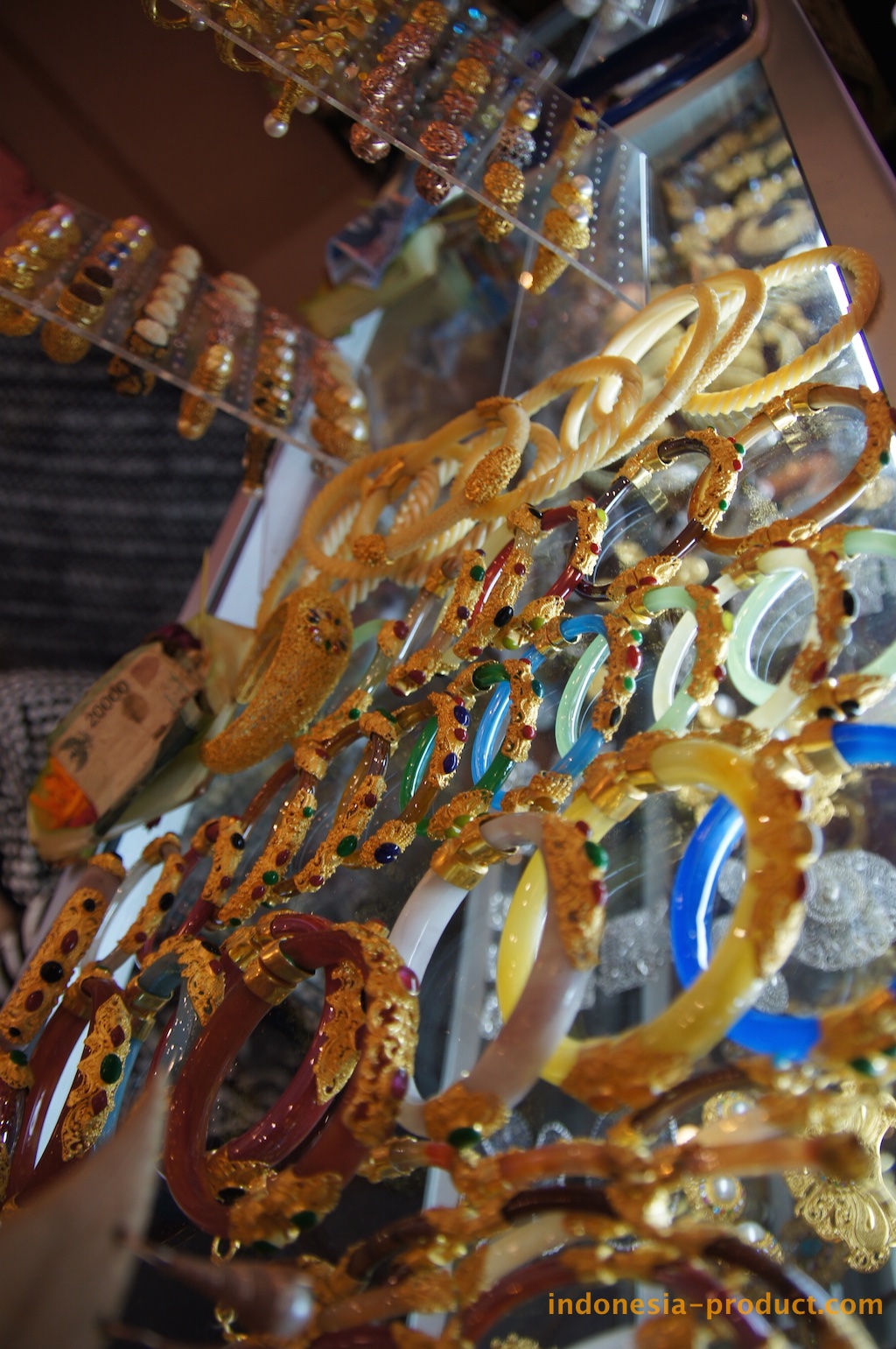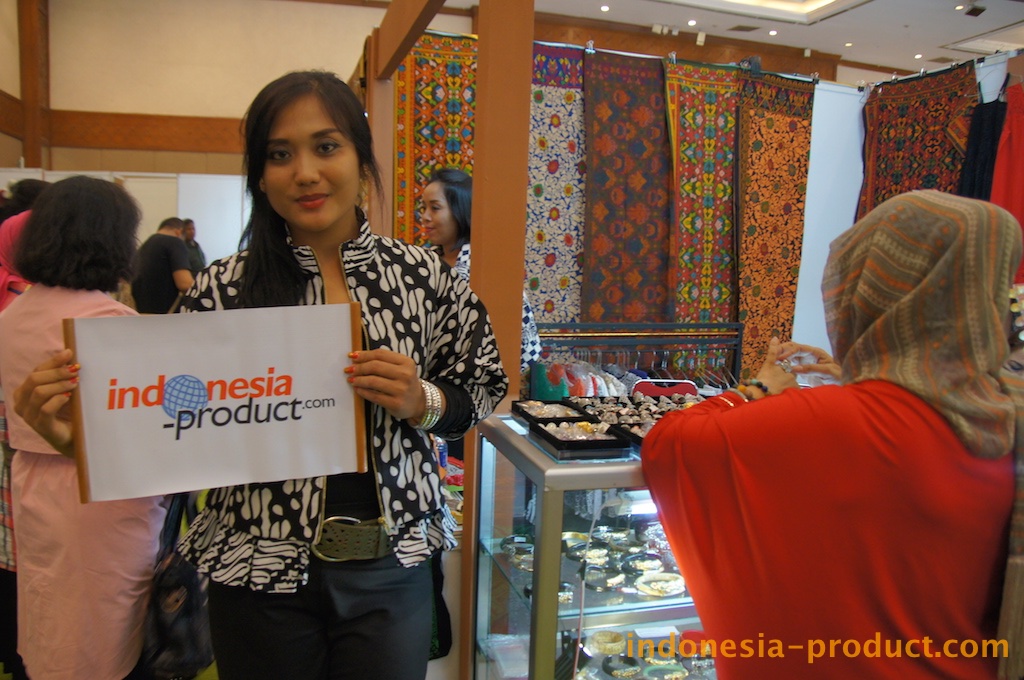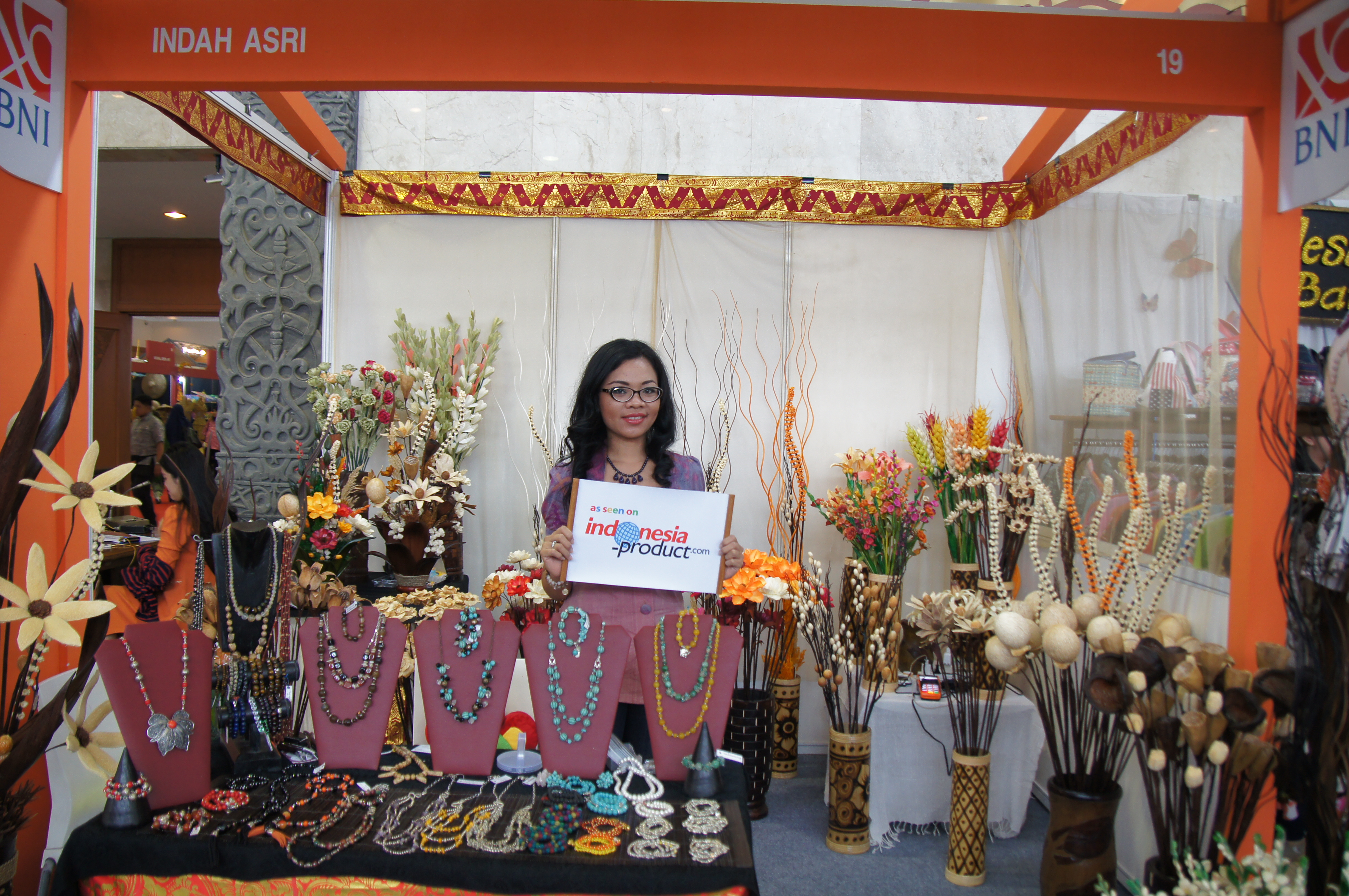Jewelry as art
By Thelma Sioson San Juan
Inquirer
Last updated 08:23pm (Mla time) 08/02/2007
INQ7.net, Philippines
IT IS A PRIVILEGE TO HAVE a relaxing Saturday dinner with foremost jeweler/artist Hans Brumann and his wife Maria. It becomes a bonus when you can talk tennis with them all you want, like how Wimbledon was a cliffhanger for Federer and Nadal (no need for first names, right?).
While Mr. Brumann and his charming Maria are active golfers in Alabang—Maria is with the club’s super-competitive team—they remain passionate about tennis. When there’s a Grand Slam, they’re glued to the TV. (Of course, he is for Federer.)
Mr. Brumann has played the game since he was a kid in Switzerland. When he moved here 40 years ago, he’d compete at Manila Polo Club, back when the courts were outdoors. Imagine how a guy used to the Swiss clime would suffer the noonday scorching sun of the tropics just to win sets. I relished listening to him describe that drawn-out tiebreak, for I never thought I’d one day be talking ground strokes and volleys with an artist I admire. (These days, he’s into badminton.)
Like sculpture
Long before minimalism, I was already a fan of Hans Brumann jewelry. His jewelry was—and still is—like sculpture you can wear (if you can afford it, that is), with its highly defined line, evocative shape and subtle interplay of texture. Always innovative. Most jewelry designs are merely flashy, using diamonds and stones to dazzle. What they speak of is sheer money. With a Hans Brumann, it’s the design. You need a discerning eye, if not some level of intelligence, to appreciate his designs.
I’ve always believed it takes years for a woman to develop her style and sophistication. As she matures and becomes financially independent, she can develop taste and sophistication. She should be able to afford what she’s been aspiring for. There are artists and brands you aspire for. Hans Brumann is one of them. You must have reached a level of sophistication and spending power to be able to afford his works.
Decades back, he was partial to metals and pearls, which almost became his signature design. Ten years ago, he started using stones—with great flourish and cutting-edge boldness.
Forty years after he migrated to Manila (reverse migration, incredible!), Brumann is “introducing†to his clientele a stone said to be a thousand times more rare than diamonds—tanzanite, a vibrant blue stone. It was discovered in 1967 at the foothills of Mt. Kilimanjaro in north Tanzania. It is said that it was the Tiffany heir, Louis Comfort Tiffany, who named the stone after its country of origin. It became a hit in the US market, and ranked as the second best-selling stone, next to sapphire.
“I love its deep, vibrant color,†Brumann says of his attraction to tanzanite. Whereas all these years he was drawn to the solidity of metal, he’s loved working with color more recently. The tanzanite blue is unique—it radiates blue, violet and burgundy.
Sacred color
The stone is part of the folk tradition of the Maasai tribes of Tanzania. To them blue is a sacred and spiritual color, worn by women to denote their fertility. Tribal chiefs gift their wives with tanzanite upon the birth of a child to augur a healthy and prosperous life for the newborn. Tanzanite has thus come to signify motherhood and an auspicious beginning. It is the birth stone of the December-born.
Brumann combines it with white gold, mother of pearl and even kamagong and white coral. He also uses it with another color stone—tsavorites, a green stone of the garnet group.
After years of covering jewelry design, which included an unforgettable trip to the De Beers diamond mine in Kimberly, South Africa, I thought I’d be jaded by now. But, no, I was still in awe the afternoon I spent at Brumann’s workshop in Makati over the tanzanite jewelry pieces.
There was a neckpiece of white gold intricate twig-like patterns with tanzanite stones dotting them like big blue dots; a white coral pendant; a stark, sleek crucifix; drop earrings in geometric mountings.
Brumann will showcase these in a fashion and jewelry show in November, alongside the clothes of Paris-trained Cambodian designer Romyda Keth.
He is also opening a big store/gallery at Greenbelt 5, which should be a haven for Filipino artists in 2008.
Brumann belongs to the ranks of foremost Filipino artists. He dropped his Swiss citizenship to be a Filipino years ago, when he came here to work for La Estrella del Norte. It’s almost funny that now he has to apply for a Swiss visa each time he visits his native Switzerland.
More important, he and his wife give Filipino youngsters scholarships.
Indeed, you don’t have to go far to look for a good story and a good Pinoy.





